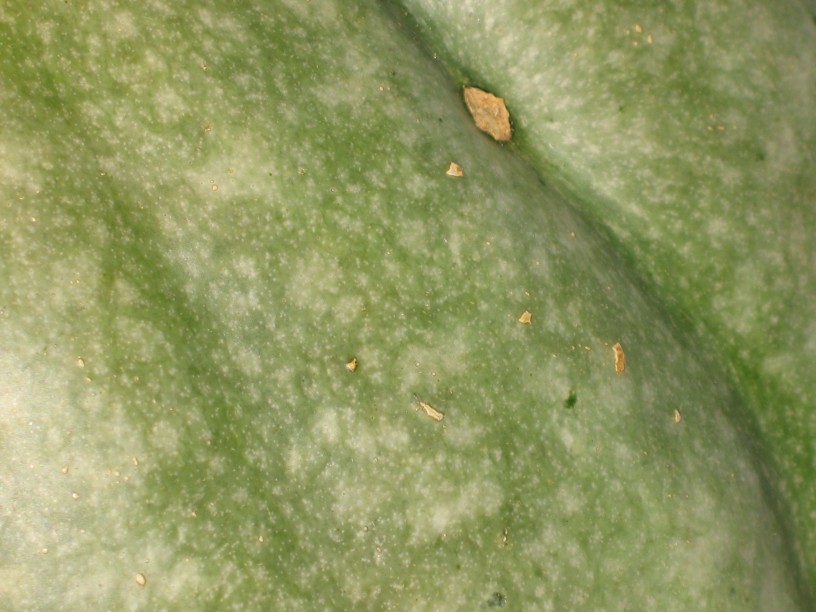While we are waiting and working on getting to the farm (as opposed to actually farming), I wanted to get started on some of how we choose the site. With Jenny Elliot of Tiny Hearts Farm (South Salem, NY), we presented a "Site Selection" workshop at Stone Barn's great Young Farmers Conference this past December. Here's the first part of my notes from this presentation, with some expansion of why we liked the farm we choose (despite it missing some keys things, i.e. barns!)...
So overall, the “Ideal” produce farm or garden site has...
light, well drained soil--this means the soil appears easy to work with, ideally dark colored, fluffy seeming, with no water pooling on top of it over a long time
When we choose our sight, we looked a lot at online soil maps for the farms we liked (the best site, though it is slow and clunky/hard to use, is: the NRCS Web Soil Survey
Our soils came up as a good series for growing produce, and when we walked them, despite the miserably rainy fall and the heavy use that they clearly had, they still were super soft and easy to dig in. Finally, we took a soil test and were happy with the results. Most any land grant university can do your soil test (Cornell is ours in NY, though we sent our tests to Maine to get the soil microbial life count), and there is a list of alternate labs here at ATTRA.
at least 6 hours of sun, during the growing season--full sun is ideal, particularly if you want to grow any fruit crops, and keep in mind that what is sunny in winter (with the sun low on the horizon and no leaves on the trees) may not be sunny in summer, and vice versa
Since we were looking for large acreage, sun isn't really an issue, unless we were in a tight valley location! At my previous farm (in a valley running east-west), fall would bring some significantly shorter days as the sun got lower on the horizon. This was a problem if we were looking at season extension and growing into the fall.
level to slight south facing slope (if any slope)--some slope is fine (it promotes airflow, which is good for orchards and some other crops, and does help reduce fungal diseases), but slopes do lead to erosion, so you ideally want to minimize them
This is a big deal for us in the north, since a slight slope to the south gets you out into the fields sooner (since they both warm up and dry earlier). However, we also liked our site since it has some non-south-facing parts (which will stay cooler all season long, so we can grow cooler crops like lettuce there year round).
no cold pockets--these occur when the cool, frosty air of spring and fall flows downhill (it actually moves like water!) and pools up in either low spots, or where it's blocked by trees, barns, etc. If you plant in a cool pocket, you may find that you have frost there, where other parts of your farm/yard are fine.
protected from the wind, but with nice gentle airflow--see comments on the slopes, above!
minimal competition from trees or other plants--if you have lots of bushes and trees around, they could be stealing water and nutrients from your plants
good soil that has previously been conscientiously farmed--if someone has been doing a nice farm or garden there before, that's a really good sign for you.
This is a list for an IDEAL site, which in reality doesn't often occur, especially if you are either a small or new farmer, or a home gardener--we typically have to take what we can get, which may mean working with and around one or another site problems. There are some "No-Go's," in my opinion, however (things that I just would avoid, or that if you already have, will require making some big changes to the site or the system).
In order to grow, plants need: Light, the right Temperature, the right Humidity, Water, and Soil (and fertility). Problems in these areas can severly limit plant growth, including:
Full shade, extreme heat/cold or humid/dry (unless your plants are adapted to that climate), no water or too much water (desert/swamp), serious soil contamination (i.e. lead), or serious physical site problems (i.e. excessive slope, ledge, extreme wind, etc).
Too STEEP (see how tiny the corn is, and check out the erosion gully by my right foot)--CLICK on any image here to see it bigger!

Too WET (standing water is a bad sign... just remember what kind of year it has been when you go to a site... if it was a drought, there might not be water that visit, but it doesn't mean there isn't normally water! The NRCS soil maps do a good job of letting you know when soils are going to be wet.)

Soil that has some problems... moss (sign of acidity, low fertility), small plants for the time of year (July should mean bigger herbs), and crusting (harder to see, but it's when a crust forms over the surface, often do to rain hitting bare soil and compacting the top layer. Crusting can indicate low amounts of organic matter in the soil, and the potential for erosion issues and poor germination--it's hard for tiny seeds to poke through a hard crust.)

 fancy new "Like" button on the home page!
fancy new "Like" button on the home page!






